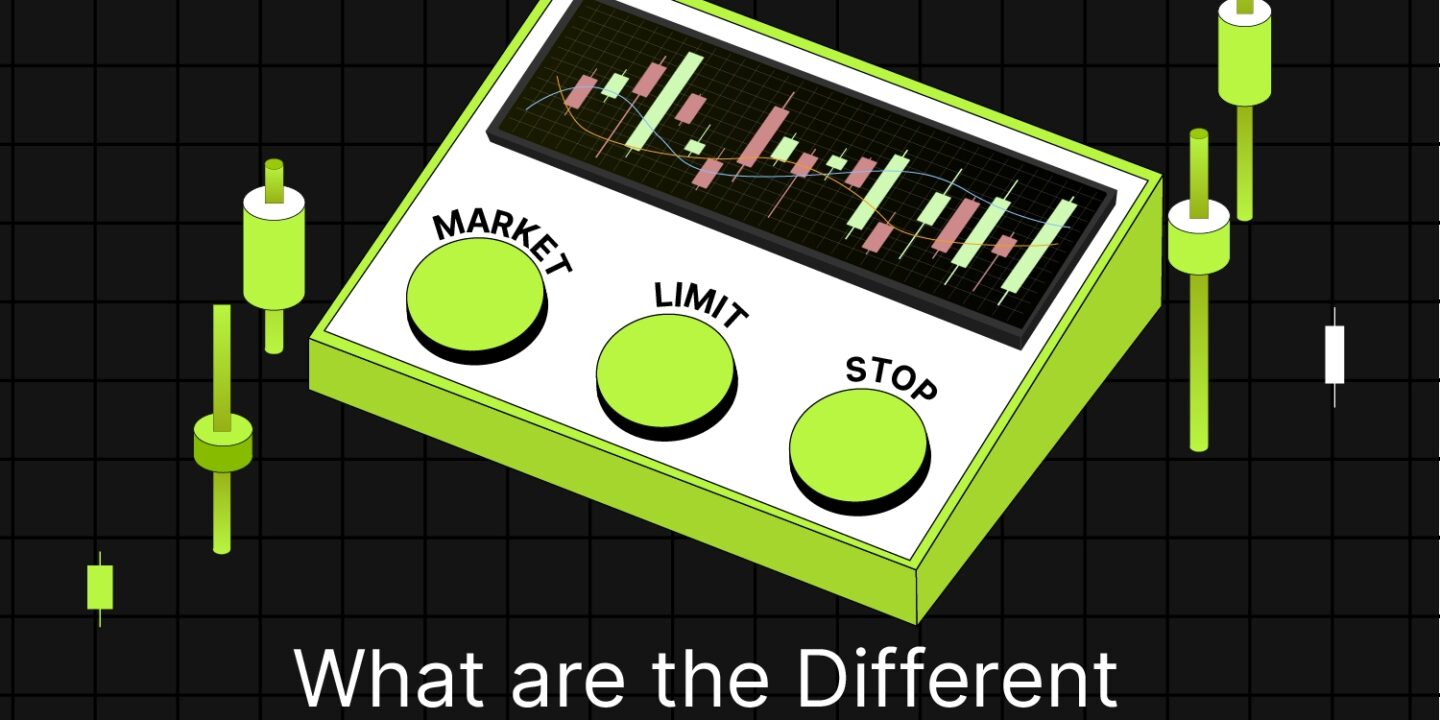
There are several order types in cryptocurrency investing and trading. It is crucial to understand what they are and how they work in the real world. The crypto order types may seem overwhelming at first, but once you understand the mechanisms, they become simple. In this article, we will take you through the different order types in crypto and how and when to use them.
Market Order in Crypto Trading
As the name suggests, a market order allows you to trade, buy and sell crypto at the current market price. In simple terms, when you place a crypto buy or sell order, the trade is filled in immediately. This type of order is executed as soon as possible, as long as there is enough liquidity on the exchange.
When placing a market order, you receive the best price of the crypto asset depending on the bid and ask spread on the order book. For example, if you place a market order of 1 ETH at 3800 USD, your order is filled in immediately.
When to Use Market Orders?
- High Liquidity Scenarios: Best used in markets with high liquidity, where large volumes are traded, and the price spread is minimal.
- Quick Entry or Exit: Ideal for situations where you need to act swiftly, such as reacting to breaking news or market shifts.
Limit Order in Crypto Trading
Limit order in crypto trading is an order to buy and sell a crypto asset at a specific price. As compared to market order, a limit order is filled only when the price of the asset meets the limit order price set by the trader.
So for example, if you want to buy Bitcoin , let’s say at $59,000 you can simply set the amount and the desired price under limit order. Limit orders give you more control over the execution price, ensuring that you only buy or sell at the prices you’re comfortable with.
Additionally, buying or selling cryptocurrencies at a specified price helps in reducing the risk of slippage in market order. Slippage in trading refers to the difference between the expected price of a trade and the actual price at which the trade is executed.
When to Use Limit Orders?
- Precise Price Targeting: Use when you have a specific price in mind that you believe the market will hit.
- Low Volatility Markets: Ideal in less volatile markets where prices move more predictably.
Stop Limit Order in Crypto Trading
A stop-limit order in cryptocurrency trading is a type of order that combines the features of a stop order and a limit order. It helps traders set a specific price range for buying or selling an asset, providing more control over trade execution. Let’s take a look at how stop limit order works in crypto trading.
Stop Price: This is the price at which the stop-limit order is triggered. When the market reaches this price, the stop-limit order becomes a limit order.
Limit Price: Once the stop price is reached, the stop-limit order turns into a limit order with a specified limit price. The trade will only be executed at this limit price or better.
Take Profit Order in Crypto Trading
Take profit order is used to lock in profits when a position reaches a certain price. This order type automatically sells your asset once the target price is hit, ensuring you secure your gains. Using Take Profit is an important element in creating your trading strategy. Usually Take Profit is clubbed with Stop Loss order to maximise the price impact on your trades.
Stop-Loss Order in Crypto Trading
A stop-loss order automatically sells a position if the price falls to a predetermined level. This helps protect against significant losses by limiting the downside risk. To place a stop-loss order, you need to choose a specific price level at which you wish to exit on.
This can be based on a percentage of the invested capital, a particular price point, or a predetermined total profit and loss (PnL) amount. This price is usually set below the current market price for long positions and above the current market price for short positions.
How does stop loss order work in crypto trading?
To place a stop loss order in your trade position, you need to select an amount that is below the current market price of the asset you are trading on. Once the asset price reaches your stop loss price level, your contract closes immediately.
For example, you place a long position (buy) on BTC at $63,000 and you modify your order by setting a stop loss at $62,500. Then if the price of BTC reaches the specified price level of $62,500 or less, then your open order closes immediately.
How to set stop-loss on Bitunix?
Setting stop-loss on Bitunix is very easy. First, choose the amount and leverage. Next, choose Buy TP/SL or Sell TP/SL. TP means Take Profit and SL means Stop-Loss.
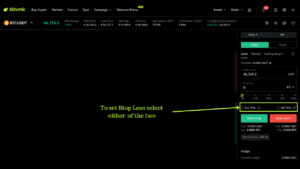
Trailing Stop Order in Crypto Trading
A trailing stop order is a type of stop-loss order that adjusts automatically to the price of an asset. Unlike a traditional stop-loss, which is set at a fixed price, a trailing stop moves at the asset’s price, allowing traders to lock in profits as the market moves in their favor.
For instance, if you set a trailing stop order with a 5% trail, the stop price will adjust upward as the asset’s price increases. If the price falls, the trailing stop stays at the highest price reached, minus 5%, helping you limit losses. The percentage trail is called the ‘pullback range’.
When used as a Stop Loss, the aim is to not cap your potential gains. As the price moves favorably, your accepted risk level remains consistent.The trailing stop loss order adjusts the Stop Loss higher, ensuring you lock in profits. This can result in a greater return compared to a traditional static stop loss, especially when the market trend eventually shifts.
The Trailing Stop Loss is notable for its dynamic adjustment with the market price. As the market price increases, the Trailing Stop Loss follows suit, preserving a protective buffer between the prevailing market price and your established stop price. This mechanism protects your gains, securing your accumulated profits against potential market downturns.
In a volatile market, trailing stop orders can protect profits by locking in gains as the price rises. However, they can also lead to premature sell-offs if the market experiences short-term fluctuations.
How to set Trailing Stop Order on Bitunix?
To set Trailing Stop on Bitunix, click on Trailing Stop. Then move down to the slider bar “pullrange” and drag the button to set the trail percentage.
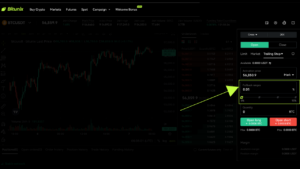
Fill or Kill (FOK) Order
A fill or kill crypto order allows you to enter into a trade at the specified price only or else the order is cancelled. If the market is volatile and it causes a high chance of slippage, then FOK order can help you mitigate any potential loss. FOK orders are typically used in situations where timing and order size are critical, such as when trading large quantities of cryptocurrency.
An FOK order is ideal if you are looking to quickly enter or exit a large position without leaving any part of the order open on the market.
Example of FOK Order: Imagine you want to buy 12 ETH with 1 ETH priced at $3200. You place a FOK order but there is only 5 ETH available at $3200, then the FOK order will get canceled because the entire quantity cannot be filled at $3200.
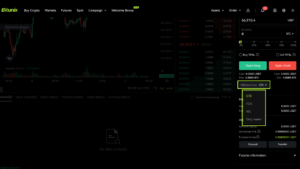
You can choose your order type on Bitunix by clicking on Effective time.
Good-Til-Canceled (GTC) Order in Crypto
A GTC order in crypto trade means you enter into a contract that remains active until you cancel it yourself. Unlike day orders, which automatically expire at the end of the trading day if not executed, GTC orders do not expire on a specific date.
Features of GTC order in crypto trading
Traders can use GTC orders to target specific price levels, regardless of how long it takes for those prices to be reached. This allows traders to avoid short-term market fluctuations and focus on their desired entry or exit points.
GTC orders remain in effect indefinitely, allowing traders to set and forget them without worrying about them expiring by default.
When to use GTC order?
GTC orders are particularly useful when you have a specific price target that may not be reached immediately. They are well-suited for patient investors who are willing to wait for favorable market conditions.
For example, if you’re looking to buy crypto at a lower price than the current market value, you can place a GTC buy order at your target price and wait for the market to dip.
Crypto Trigger Order Trading
A trigger order in crypto trade, also called conditional order, is executed when certain predefined conditions are met. These conditions can be based on the price of the crypto asset, timing of the market, or the trade strategy you intend to use.
How Crypto Trigger Orders Work?
To enter a trigger order, you can specify the conditions based on the asset price you desire, the target profit, stop loss or trailing stop strategy. When the market meets the criteria of your trigger order, then the order gets exectued.
Benefit of using Trigger Order: In a wildly volatile market, you can use trigger order to protect your assets from losses and benefit from any upside in the market.
For example, if you place an order of 10 ETH with a stop loss set at $3200, then a sell order will get executed when the price of ETH drops to $3200.
Besides the stop loss, you can also set a take profit order under the same contract. So, let’s say you want to exit the contract when ETH reaches $3500. So, when the price of ETH reaches this price a sell order will get executed, leaving you with a profit.
Maker Order in Crypto
A maker order allows you to add liquidity to the order book of an exchange rather than taking liquidity (leverage). This means you can enter into a trade at a limit price of an asset. Which means you can buy or sell crypto assets at a desired price of your choice. What is particularly different in this order type is that your order is not filled in immediately. It gets filled only when a taker is available to take the assets at your desired price.
For example, if you place a long position on BTC at $59,000 while the asset is trading at $57,000 or you place a short position on BTC at $61,000.
Benefits of Maker Order
Low trading fees: Since you are a maker and add liquidity to the order book of the exchange, you bear lesser trading fees as compared to other orders.
More control: As you are a maker on the exchange, you can make strategic entry and exit into the market.
Conclusion
Understanding and utilizing the various types of crypto orders is vital for effective trading. Each order type has its unique benefits and is suited to different market conditions and trading strategies.
Whether you prioritize speed, control, or risk management, there’s an order type to match your goals.







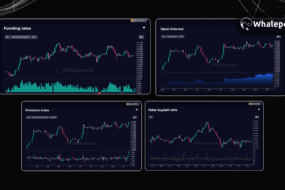
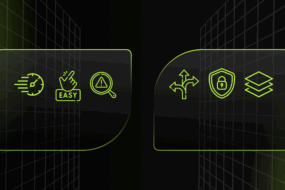

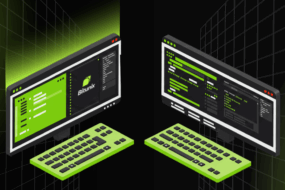
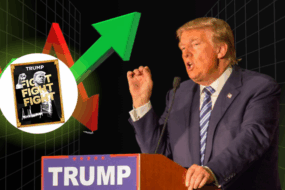

One reply on “What are the Different Order Types in Crypto?”
Muchas gracias. ?Como puedo iniciar sesion?